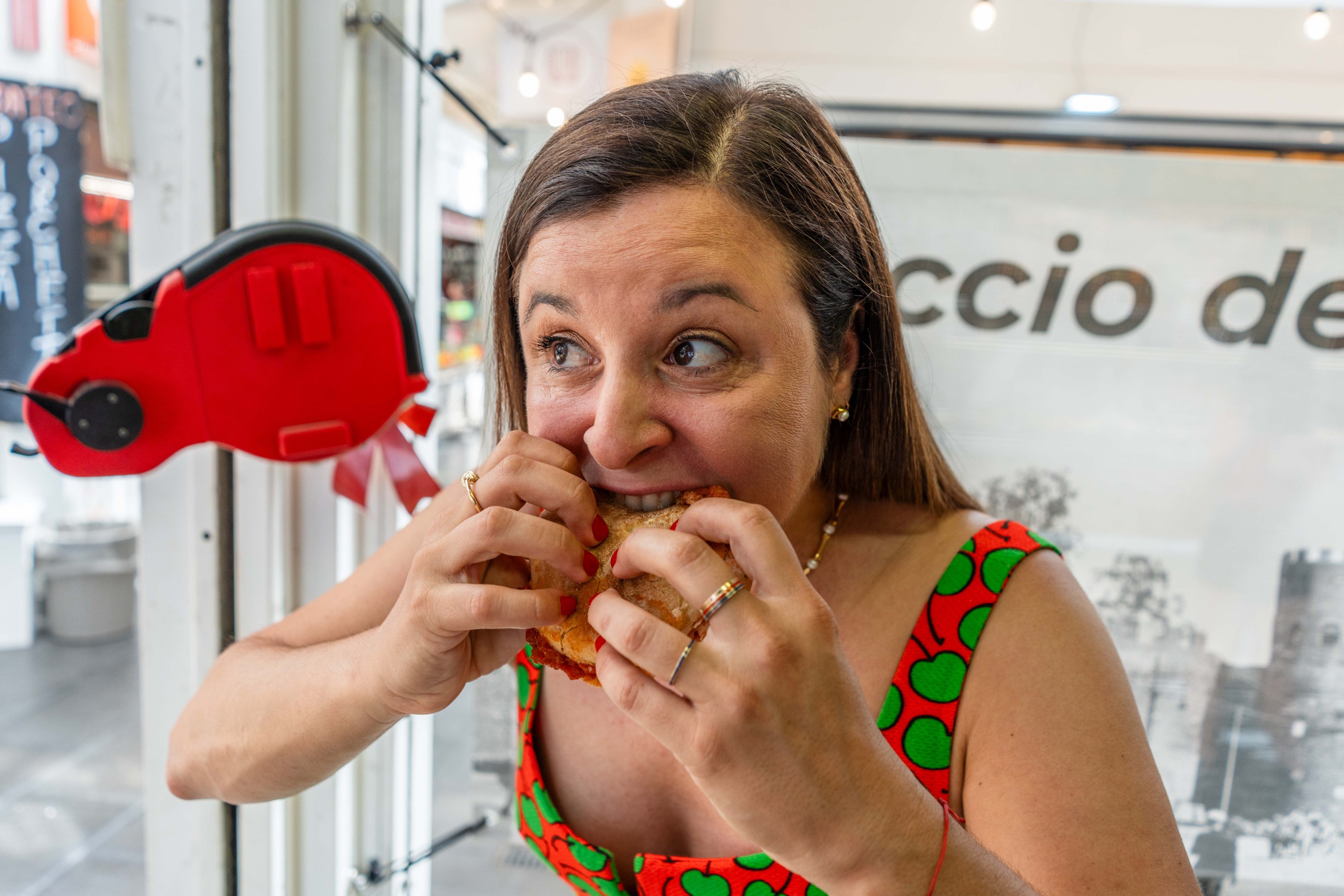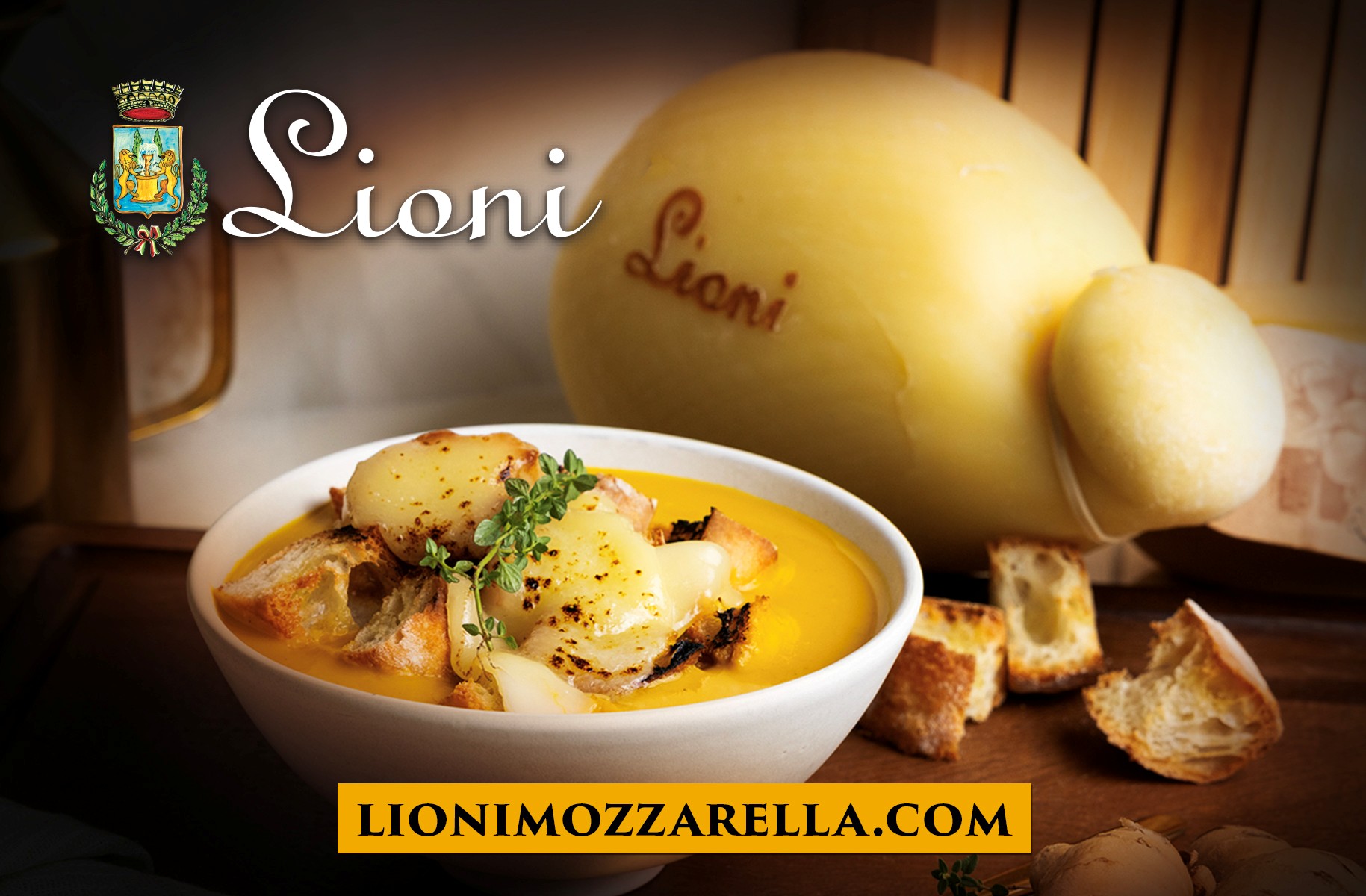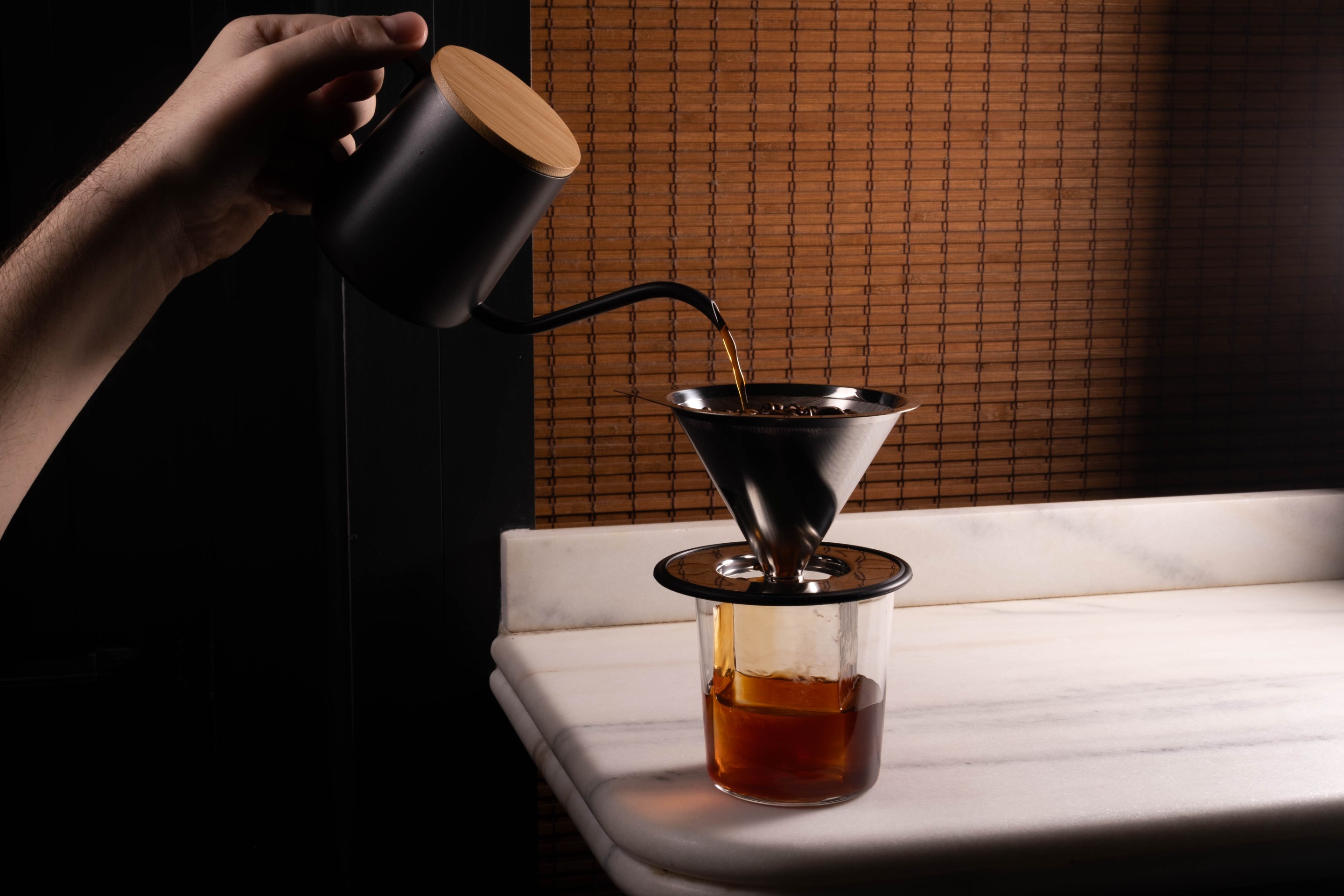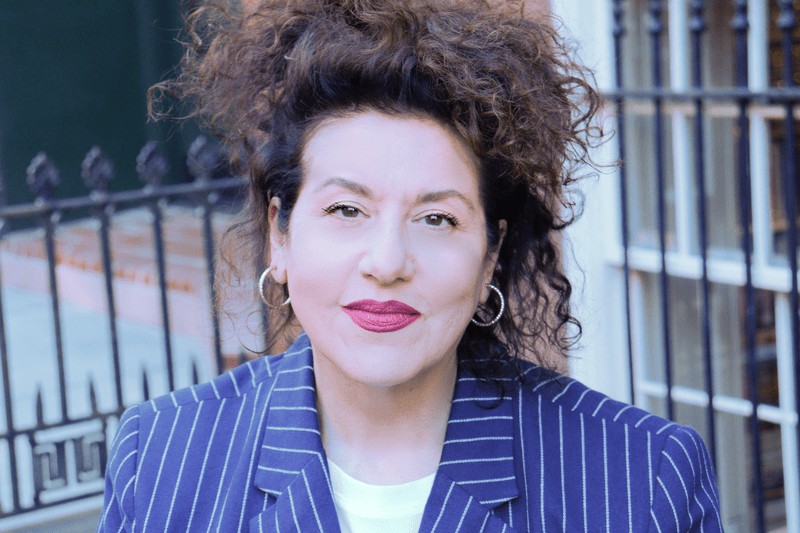I’m Katie Parla, a Rome-based food and beverage writer, culinary guide, cookbook author, and serious eater since long before I had any of those job titles. If you’ve ever read one of my books, joined one of my food tours, or fallen into a late-night internet hole about Roman pizza (same), chances are we’ve crossed paths through a shared obsession with this city’s singular food culture.

Adapted from Rome: A Culinary History, Cookbook, and Field Guide to the Flavors that Built a City
“Obsession” pretty much captures my relationship with the city. I landed in Rome for the first time in March 1996. I was a high school sophomore, deep into my second semester of Latin and reveling in my Junior Classical League membership. My classmates and I were on a breakneck itinerary: a dozen cities in eight days, the kind of whirlwind tour that practically dares you to retain nothing but a blur of gift shops and bus fumes. Rome in the ’90s was...not cute. The city was grimy, chaotic, and under construction. Large chunks of the historic center were still dilapidated, including the block around Antico Forno Roscioli, where neighbors raised pigeons for food. Jubilee renovations were underway for the year 2000, which is to say, a decade from completion. Our group, marked by matching backpacks and the unmistakable aura of teenage cluelessness, was a walking invitation for pickpockets.
Needless to say, I loved Rome immediately—every single disorienting second of it—precisely because of its chaos. I decided then and there that I would move to this hectic and contradictory city one day.
When I got back to suburban New Jersey, I signed up for Italian classes at the local community college. I spent my high school summers in art history courses at Rutgers (nerd alert), and in college, I majored in art history, holding down two jobs to fund the future Roman life that I was sure I would lead. After graduating from Yale with a degree in the history of art and a focus on second-century sarcophagi, I packed my bags and moved to Rome, only to be greeted with a reality check. My visa application was denied, and the only job I could find was a sixty- hour-per-week, off-the-books grind that paid only 500 euros a month. It came with an eight-square-meter room, though, so at least I had a place to sleep when I wasn’t working or crying.
My next gig was leading small group archaeological tours around Rome for Context Travel, which would set the tone for everything that came next. I was shaping people’s experiences of the city, walking them through its layers with the irreverent but informed tone of a Jersey kid who just happened to have a thing for tombs and temples. Around the same time, I started writing about Rome, churning out guidebooks (remember those?) for Rough Guides, Time Out, National Geographic, DK, Fodor’s—basically anyone who’d have me (and underpay me). I wrote or updated more than twenty books in that first decade, spending most of my waking hours pounding the pavement through Rome’s many neighborhoods and obsessively cataloging every corner of the city.

But the real game changer came when I enrolled in a master’s program in 2007 at Università degli Studi di Roma Tor Vergata in “cultura dell’alimentazione e delle tradizioni enogastronomiche.” That mouthful of a degree about Italy’s wine and food culture nudged me away from generalist city writing and archaeology tours and toward something that had always been lurking in the background: food. I started pivoting to gastronomic tours and writing about Rome’s culinary culture, and the deeper I went, the more infatuated I became with how twen- ty-first-century Romans were eating, drinking, and navigating their food spaces.
Even though I had started out steeped in the ancient world, I was suddenly more interested in contemporary consumption patterns and the economic and social forces reshaping Rome’s food scene in real time. I was documenting a moment—actually, a movement—and I knew it deserved more than a few hundred words in a guidebook. That led to more long-form writing and eventually to cookbooks, which gave me the space to investigate Rome’s foodways with the nuance and depth that they demand.
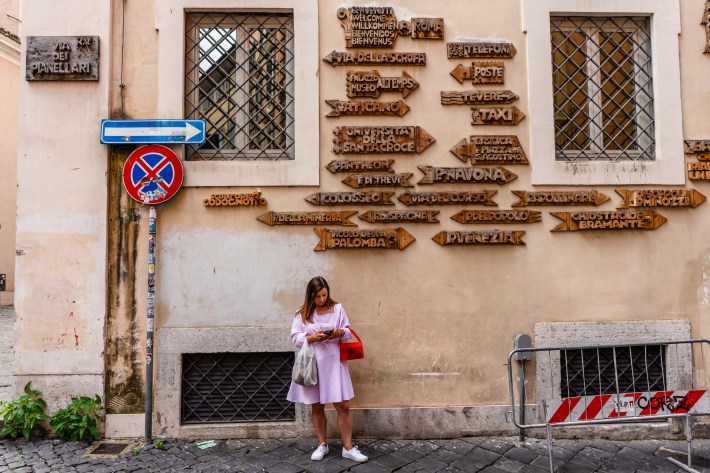
Rome: A Culinary History, Cookbook, and Field Guide to the Flavors that Built a City, my second non-guidebook about Rome, is a portrait of a city told through its food, a sensory-driven study of how Romans have lived, ruled, worshiped, and eaten across nearly three thousand years. This book is the deep dive, debunking myths and expanding beyond the bounds of neighborhood trattorie and street food stalls to trace the city’s culinary story across time and space. After nearly twenty years of living in and obsessing over this city, I felt it was the right moment to bring all of that together and to write something that does justice to the richness, messiness, and complexity of Rome’s food culture. Food is the narrative thread, but the real subject is Rome itself: enduring, chaotic, ever-changing, and always hungry.
Get a copy of Katie Parla’s Rome: A Culinary History, Cookbook, and Field Guide to the Flavors that Built a City here.
